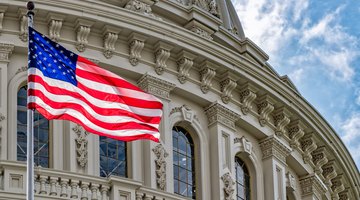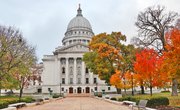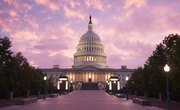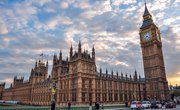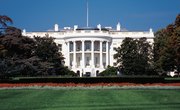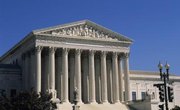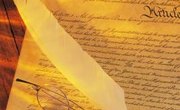While citizens of the United States are lucky to enjoy many of the freedoms of democracy, the belief that the U.S. government is a democracy is a fallacy. The type of government established by the U.S. Constitution is actually known as a federal republic. Under this system of government, citizens have ultimate power, given to them by the right to choose their representatives through the democratic process of voting. In the United States, a central, or federal, government makes decisions for the nation as a whole, but is limited by checks and balances and by the powers of other levels of government.
City/Town Government
City governments are the most local level of government in the United States. Residents elect a city council and a mayor to represent their interests at the city level. City governments provide services such as police and fire protection. Each city government also establishes housing regulations and health regulations. City governments are responsible for meeting the needs and interests of citizens on a community level.
County Government
States are divided into counties. County governments form the next level of government in the United States. With the exception of large metropolitan areas such as New York, each county is made up of a number of cities and towns. County representatives are elected by citizens of the county and meet as “boards” to organize county affairs. County government can levy taxes, such as property tax, on citizens. In many cases, the county is also responsible for organizing public education throughout the county, though in some states education is handled on a city level.
State Government
The states within the United States are responsible for governing affairs within their borders. State governments often mirror the federal government in structure, with a governor and a state legislature being elected by the citizens of each state. Each state has a legislative, judicial and executive branch. States control their own criminal codes, are in charge of constructing and caring for state roads, levy income taxes and oversee state welfare programs. States are governed by their own constitutions and retain any rights that the U.S. Constitution does not exclusively grant to the federal government. State governments are also responsible for carrying out federal laws and programs at the state level.
Federal Government
The central and highest level of government in the United States, the federal government, is divided into three branches. These are the legislative, the executive and the judicial branches. Each branch has its own rights and powers, which are meant to check and balance the powers of each other branch. Citizens in the United States have the power to elect their representatives in the legislative branch and, through the Electoral College, have the ability to choose the president, or leader of the executive branch. The federal government has the power to regulate taxes, establish federal welfare programs and make laws in the interest of the nation as a whole. The federal government alone has the right to regulate currency, establish foreign policy and oversee the defense of the country.

